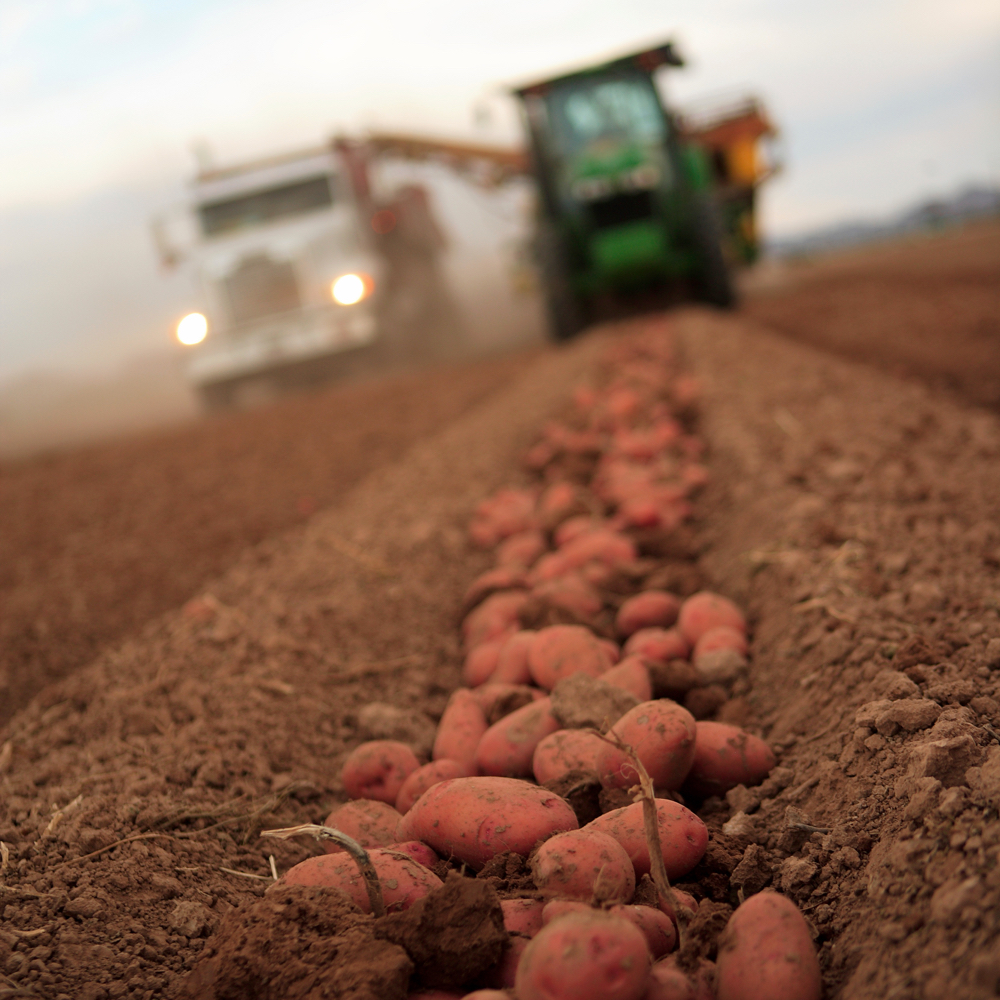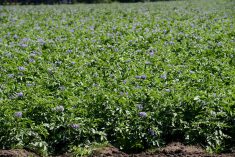Ontario farmers are being advised to stay vigilant as stripe rust emerges across the province. As of May 12, 2025, stripe and leaf rust have been identified in a small number of fields in Perth and Grey counties, according to a new report published by the Ontario Ministry of Agriculture, Food and Agribusiness Field Crop News.
Why it matters: Left untreated, stripe rust can reduce yield in wheat.
Previous infections were detected in mid-May of 2016, 2017, and 2024.
The OMAFA field crop team noted that tolerant varieties and foliar fungicides kept the disease at bay those years, but significant yield reductions occurred in susceptible varieties where no fungicide was applied.
Read Also

Claas brings 1000 Series SP forage harvesters to Canada
In mid-August, Claas unveiled its new line of Jaguar forage harvesters at an event in Visalia, California, deep in the heart of that state’s dairy region.
Cereals Specialist Joanna Follings and Field Crop Pathologist Albert Tenuta said in 2016 and 2017, where growers had a high incidence of stripe rust that was not controlled through appropriate variety selection or fungicide application, yields were reported to be as low as 45 bu./ac.
“Stripe rust risk for Ontario based on traditional wind-dispersal of spores from the southern and midwest U.S. is low,” they said.
“Although stripe and leaf rust do not typically overwinter in Ontario, it can under specific conditions: high levels of disease the previous year, good fall with lush growth, mild to moderate winter temperatures, and early and persistent snow cover (insulation).”
Based on these conditions, stripe rust symptoms were identified and confirmed through lab testing in winter wheat samples from the Mitchell area. Samples will also be sent for race testing to USDA Washington State University.
The optimal temperatures for stripe rust development are 10 to 18 C with intermittent rain and dew events. A wet, warm spring has made Ontario fields more susceptible to the development of the infection.
“New stripe rust populations adapted to warmer temperatures have been identified, and infection risk is reduced when nighttime temperatures are consistently above 18 degrees Celsius,” the research team said. “Windy days help with spore dispersion.”
Follings and Tenuta said the best defense against stripe rust is a combination of variety selection, scouting and timely fungicide applications.
In Ontario winter wheat varieties, there are large differences in variety susceptibility to the disease. They suggest growers should check with their seed supplier and the Ontario Cereal Crops Committee performance trials for specific variety ratings (www.GoCrops.ca). Stripe rust ratings can be found under the head to head feature or check out the 2016 and 2017 historical reports.
If a variety has a rating of 6 or higher the variety is susceptible to stripe rust and will benefit from a fungicide application if stripe rust is present. If a variety is rated 3 to 5 then it is considered moderately resistant and should be scouted for stripe rust regularly during the growing season. If stripe rust is present and appears to be challenging the upper leaves of the canopy in these moderately resistant varieties.
Types of Stripe Rust
Stripe Rust (Yellow Rust): Yellow Stripe rust causes yellow to orange, blister-like lesions that are arranged in stripes (lines) on the leaf of the wheat plant. If left untreated, the infection can cause yield reductions, with yields reported as low as 45 bu./ac.
Leaf Rust (Brown Rust): Occurs when spores blow north on wind currents and begin new infections when they land on leaves. Rust pustules first develop on lower leaves and progress up the plant. Symptoms can be present from seedling stages through ripening. Leaf rust can be identified by scattered pustules on the leaf, unlike the linear pattern of stripe rust. High humidity and temperatures between 18 and 25 C favour disease development. When conditions are favourable, the infection cycle will continually repeat and result in secondary infections. Yield loss from leaf rust depends on the timing of infection and weather conditions when spores arrive in an area.
For more information on fungicide selection, visit the OMAFA Crop Protection Hub.














